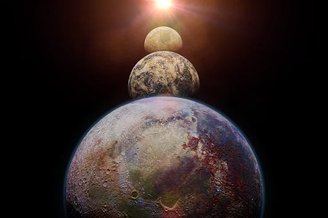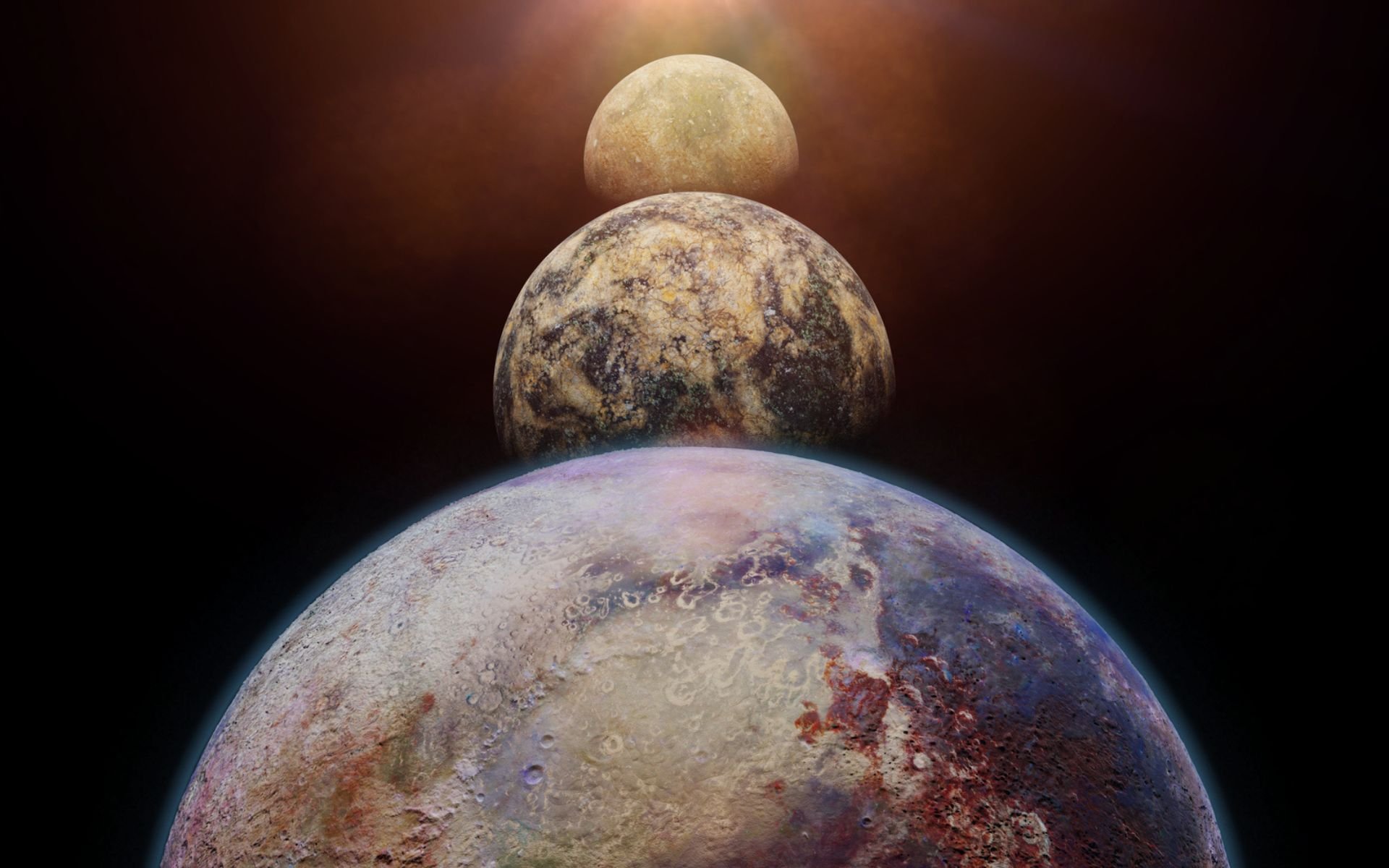Finding planets in habitable zones is not the simplest task in the world; After all, space telescopes such as James Webb, Hubble and Euclid do not find planets where living things can live every day. Fortunately, science has already found thousands of planets. Some were harder to find than others, but there are techniques for finding celestial objects in habitable zones.
Scientists have already discovered more than a thousand planets outside the Solar System, and some of them have some similarities with Earth, having a good orbit, atmosphere and the possibility of liquid water. Well, Some of these planets are claimed to be in the habitable zone, at least in terms of life form as we know it on Earth.
“When searching for possibly habitable exoplanets, it is helpful to start with worlds similar to ours. So what does ‘similar’ mean? Many rocky planets have been detected within the size range of Earth: a point in favor of possible life. Based on what we observe in our own solar system, large, gaseous worlds like Jupiter appear much less likely to offer habitable conditions,” the United States National Aeronautics and Space Administration (NASA) published in a paper.
To explain a little better How to find planetary systems in habitable zones?TecMundo has gathered information from scientists and experts in the field. Check out!
Planetary systems in habitable zones
According to information received from NASA, The definition of the habitable zone can be defined as the distance between a planet and its ‘parent star’; This distance allows for conditions conducive to life as we know it. — Like the Earth and the Sun. The region cannot be too hot or too cold, and the celestial body must offer liquid water. It is important to emphasize that this does not mean that there will be life in that place, but it does provide important elements to create a potentially habitable environment.
As described in a study published by Chinese scientists, there are four most common methods for detecting exoplanets: by transit, radial velocity, astrometry, and/or direct imaging. However, one of these methods may provide better results in finding planets in habitable zones.
According to the results, the radial velocity method is the most effective method in searching for exoplanets in habitable zones. In a simulation of approximately 252 planets within a 65 light-year radius, scientists were able to detect 221 objects using the sensitivity of the Echelle Spectrograph and Stable Spectroscopic Observations for Rocky Exoplanets (Espresso) instrument; four of these are Earth-like.
“Terrestrial planets in the habitable zone around nearby stars are of great interest and provide a good example of additional features of their habitability… A HZ [zona habitável] “This is rarely determined with certainty, as it depends not only on the stellar spectrum and stellar activity, but also on the planet’s atmosphere,” the study authors explain.
The researchers claim that the migration method is the most common method among scientists, but it only works when the geometry is correct. In other words, for detection to work properly, the transiting planet must pass between its parent star and Earth. Other methods do not have the same limitation.
But scientists explain this Each of the methods offers strengths and weaknesses for determining the location of exoplanets in habitable zones.. Therefore, there is no longer a correct method.
Distance between Sun and Earth
One of the most important points for a habitable zone is a host star such as the Sun. The star provides the necessary amount of energy and heat, but this only happens because the Earth is at the perfect distance. – If we were too close to the Sun, there would probably be no atmosphere or life due to extreme temperatures.
For example, Mars is a very cold region in our planetary system because it is much farther away from solar energy than Earth. As an effect of cooling, this also means that most of the water is in the form of solid ice. In other words, these features do not fit the needs of a habitable zone; That’s why distance is so important for an exoplanet to make life possible.

The real truth is that water is necessary for the existence of life; Not only is water crucial, but the temperature also needs to be ideal for such a scenario on Earth. Additionally, the habitable zone depends on two more important properties: the mass and age of the star.
“Stars called orange dwarfs, which are slightly cooler and less bright than our Sun, are thought by some scientists to be potentially better suited for advanced life. They can burn continuously for tens of billions of years. “This opens up a wide time horizon for biological evolution to conduct numerous experiments to produce robust life forms,” explains NASA.
There are probably thousands of planets in habitable zones that meet the required characteristics. Although scientists have not yet found many ‘perfect options’, future telescopes and spacecraft will aid future research.. So we continue to search for planets in habitable zones that enable life.
Did you like the content? Stay up to date with other astronomy curiosities at TecMundo. If you wish, enjoy getting to know the six-planet system in ‘orbital waltz’.
Source: Tec Mundo
I’m Blaine Morgan, an experienced journalist and writer with over 8 years of experience in the tech industry. My expertise lies in writing about technology news and trends, covering everything from cutting-edge gadgets to emerging software developments. I’ve written for several leading publications including Gadget Onus where I am an author.













